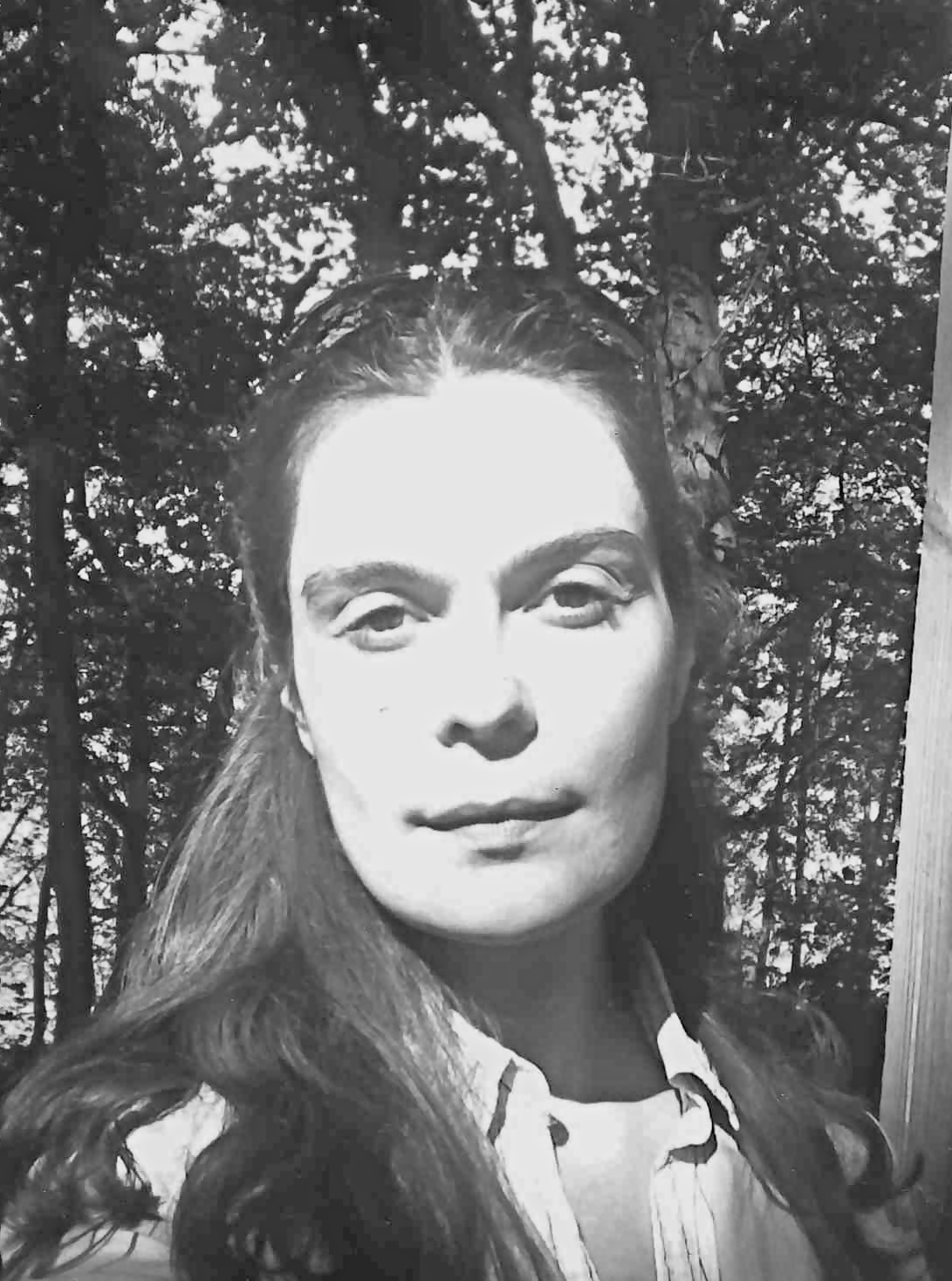Natalia Bosko
Lördag (Saturday), 09:00-09:30, H135b
Affiliering (affiliation): Independent researcher, FRA
Abstract:
Humor in landscape painting of the Danish golden age
In the time of trouble, people develop a resistance to trauma that finds an expression in dry and covert humor. Their jokes may be neither evident nor funny for the outsiders but cherished by those in a need of relief. This particular type of humor can be found in landscape painting of the Danish Golden Age.
Danish landscape painting emerged, when the country experienced a chain of challenging events. The Copenhagen Fire of 1795 and the English bombardment of 1807 destroyed large parts of the capital, taking many lives. The loss of the Danish Navy in 1801 and of Norway in 1814 weakened the country’s political standing. The Danish state bankruptcy in 1813 led to a deeper socio-economic crisis. By the mid-nineteenth century, the Three Year War and the dissolution of absolutism ended the customary lifestyle. Amid these challenges, the nation dreamed of repose from the turmoil. Danish art of the first half of the nineteenth century reflects this desire.
In response to the stressful events, the epoch witnessed a rapid development in fine arts, particularly, in the emerged landscape painting. Christopher Eckersberg championed the new genre during his work at the Royal Danish Academy of Art. A number of his students and colleagues transferred the tradition of Italian scenery to the local soil. Danish landscape painting represented the native country and the daily lives of its residents. This genre focused on the identity of the nation that reached an existential crisis. Nature displayed in paintings of the Dutch Golden Age was imbued with an unusual calm reminiscent of the lost idyllic past. Apparently, the artists attempted to stop the time on canvas to escape in a utopian pastoral from the coeval social turbulence.
The national crisis further prompted the landscapists to include humorous elements into their oeuvre. Painters added jocular details to their sceneries, such as an impossible perspective or workers marveling at a broken cart, to bring a smile to people’s faces. The contradiction between serene views and their satirical details proffers a conceptual statement, elucidated in the philosophy of Søren Kierkegaard. This thinker perceived humor as an integral part of the human self, as well as of the ethical and the sacral. His attitude to the comical explains the seeming discord of the idyllic and humorous elements of Danish landscape painting. Closer to the mid-century, the artistic approach to humor changed. Landscapists began using funny details to indicate the precariousness of the represented harmonious balance. In these times of trial, humor underlined and weighted the perfect pastoral of the Golden Age scenery.
Augmenting the tranquil nature of Danish Romantic landscapes, funny elements convey hidden messages. To an untrained eye, humor may not be evident in these canvases. However, the time of the pandemic has taught the modern viewer to value a moderate joke.
Om (about):
I studied Art History and Humanities and conducted postgraduate research in Art History at the Freie University of Berlin, Humboldt-Universität zu Berlin, State Russian Museum and Ural State University. I specialize in modern and contemporary art, specifically, in the impact of science on landscape painting and landscape-related or spatial art. Lately, I focus on interpretations of astronomical knowledge in British, German and North-American Romantic landscape as an independent researcher. I am interested in Nordic landscape painting of the same period.

